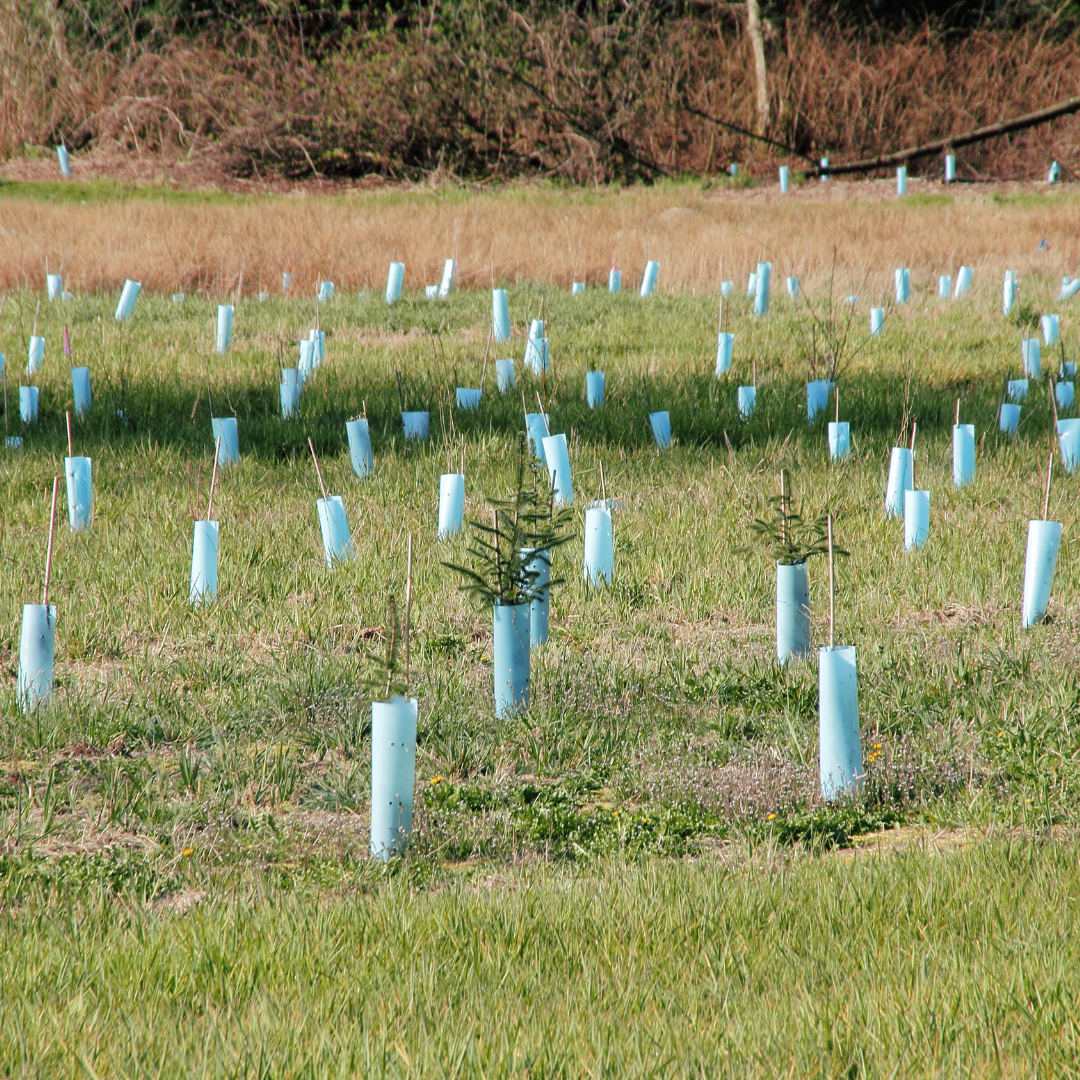By Luke Briggs
Agricultural businesses are uniquely placed to play a vital role in tackling the climate crisis, with healthy functioning ecosystems in farmland taking up and storing a significant amount of carbon in soils and vegetation.
The evolution of Countryside Stewardship to ELMs is set to assist farm businesses along this sustainable journey. While this transition may come with financial uncertainties, its potential role in delivering win-wins in climate change adaptation could be invaluable. Notably, there is the opportunity to enhance on-farm carbon sequestration and to support the carbon commitments of the private and public sector, whilst delivering co-benefits to wider-ecosystem services and biodiversity.
What does carbon sequestration mean in an agricultural setting?
Put simply, carbon sequestration is the technical term for the process of capturing and storing atmospheric carbon dioxide (or for carbon capture). This provides the ability to balance emissions (carbon leaving the farm) with carbon storage on the farm. UK farm businesses are responsible for over 70% of the UK’s land mass and are therefore in a unique position to harness opportunities for optimising carbon sequestration and to be part of the Net Zero solution.
The carbon challenge ahead is a significant one. The agricultural sector needs to close an 11-gigaton greenhouse gas gap between projected emissions in 2050 and the target level needed to hold global warming below 2oC, as set out in The Paris Agreement.
Whilst a multi-faceted approach is crucial to tackling this, it starts with land stewardship. It is the best-understood and most cost-effective carbon dioxide removal method. There are two main ways in which carbon is stored, including:
Plant biomass
All farms currently have biomass that is already sequestering carbon. The quality and quantity of plant biomass does, however, vary significantly and has been impacted on UK farmland due to losses of hedgerows and unmanaged pockets of land. This is linked to the general trend of expansion in farm and field size.
Measures to enhance the quality and quantity of plant biomass on farms include features such as:
- Hedgerow planting
- Woodland creation
- Field margins
- Agroforestry
- Multi-species grasslands
Trees, at their peak age of 10-45 years, can sequester over 12 tonnes of carbon per hectare per year. This provides an attractive opportunity for farmers and land managers to take difficult-to-manage land out of production and replace this with beneficial features. In doing so, this supports increased profitability for farmers, enhanced co-benefits to ecosystem services and biodiversity, and greater resilience to a changing climate.
Soils
The importance of healthy soils is now recognised at the forefront of agricultural policy. A major part of this is the functional capacity of soils to sequester vast amounts of carbon. Soils after all, are the world’s second largest carbon sink. Mismanagement and degradation of soils in the UK has, however, led to a situation whereby most arable soils have lost 40-60% of their organic matter.
Fortunately, soils have an extraordinary capacity to regenerate and begin sequestering more carbon to restore these losses. For every hectare of land raising its soil organic matter by 0.1%, 8.9 tonnes of carbon are sequestered per year (Farm Carbon Toolkit). Increases to soil carbon through soil organic matter can be achieved by:
- Diversifying crop rotations – varies rooting depths and enhances soil micro-organism associations which help decompose organic matter.
- Cover crops – protection of the soil surface from erosion and addition of biomass to the soil increases organic matter.
- Limiting cultivations – prevents disturbance of soil structure and biological communities, preventing carbon from being oxidised and released back into the atmosphere.
- Adding organic matter – manures and crop residues provides the biomass needed to build soil organic matter.

How can changes be accounted for and be made assets?
There is a growth in the market for tradable carbon and some tools to provide sequestration can provide direct financial benefits to farmers.
- Agroforestry can provide marketable products in timber, nuts or fruits.
- There are growing market opportunities to trade carbon credits i.e. The Woodland Carbon Code’s marketplace for farms and estates to sell carbon credits to the private sector.
- Microsoft recently purchased carbon credits from the carbon exchange programme TruCarbon – although the market still needs regulation to ensure environmental performance is monitored and guaranteed.
How can Promar support you?
We can offer on farm advice to help you harness carbon sequestration. Our dedicated Sustainability and Farm Business Consultancy Teams offer guidance and support on climate-smart agricultural measures, and maximising Countryside Stewardship payments. They too can work with you to develop a carbon footprint to baselines emissions and to monitor changes to soil organic matter.
If you’d like to learn more, please get in touch.








